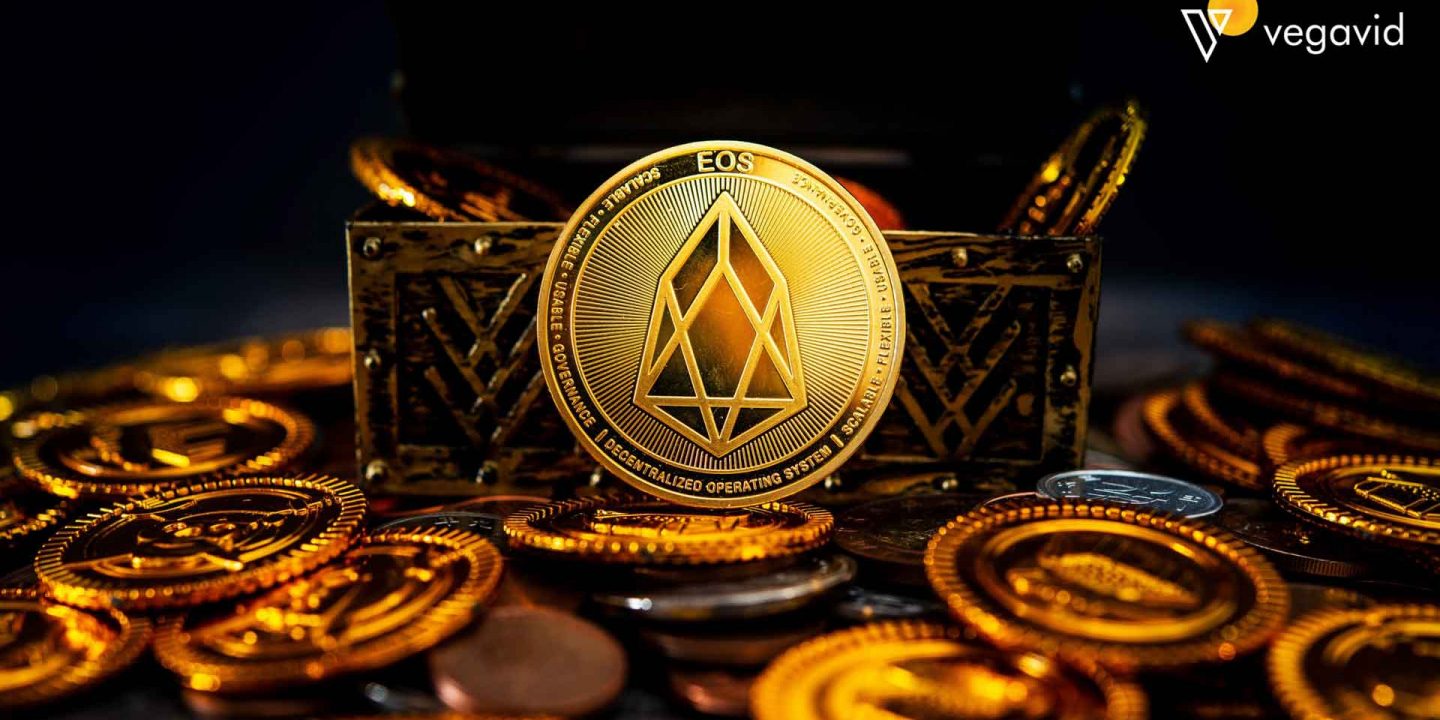
The world of technology is buzzing with the potential of blockchain, a revolutionary technology that has the power to transform various industries. As a developer, understanding and harnessing this potential can open doors to exciting opportunities. This guide serves as your roadmap to navigating the fascinating landscape of blockchain development.
What is Blockchain?
At its core, blockchain is a distributed ledger technology (DLT). Imagine a giant, shared record book, accessible to everyone involved, where every transaction is recorded chronologically and immutably. This record is constantly being updated and replicated across a network of computers, making it tamper-proof and transparent.
Key Concepts to Grasp:
- Blocks: Transactions are grouped into digital blocks, each containing a unique identifier, timestamp, and data.
- Hashing: Each block is cryptographically secured using a hash, a unique string of characters derived from the block’s contents. Any alteration to the data within the block would result in a completely different hash, exposing the tampering attempt.
- Consensus Mechanisms: To ensure everyone agrees on the validity of the ledger, a consensus mechanism is employed. Popular mechanisms include Proof of Work (PoW) and Proof of Stake (PoS).
- Smart Contracts: These are self-executing contracts stored on the blockchain. They define the rules and conditions that must be met for the transaction to be automatically executed, eliminating the need for intermediaries.
Getting Started with Development:
- Solid Foundation: Before diving into code, solidify your understanding of blockchain fundamentals. Explore online resources, tutorials, and courses to gain a comprehensive grasp of the concepts mentioned above.
- Choose Your Blockchain: Different blockchains cater to different needs. Popular choices include Ethereum, Hyperledger Fabric, and Bitcoin. Research each option and select the one that aligns with your project requirements.
- Learn the Programming Language: Each blockchain often has its own preferred programming language. For example, Ethereum utilizes Solidity, while Hyperledger Fabric utilizes various languages like Go, Java, and Node.js.
- Development Tools and Frameworks: Leverage the available development tools and frameworks specific to your chosen blockchain. These tools streamline development and offer libraries and functionalities to expedite the process.
Beyond the Basics:
- Security: Blockchain development demands a strong focus on security. Understand common vulnerabilities and best practices to ensure the robustness of your applications.
- Decentralized Applications (dApps): Explore the development of dApps, web applications that run on a decentralized network, leveraging the unique features of blockchain technology.
- Stay Updated: The blockchain ecosystem is constantly evolving. Stay informed about the latest advancements, emerging trends, and potential challenges to remain competitive in this dynamic field.
Conclusion:
Blockchain development presents immense opportunities for developers to create innovative solutions and contribute to shaping the future of technology. By equipping yourself with the necessary knowledge, skills, and resources, you can embark on this exciting journey and become a valuable player in this burgeoning space. Remember, the learning curve can be steep, but with dedication and continuous learning, you can master the art of building on the blockchain.











